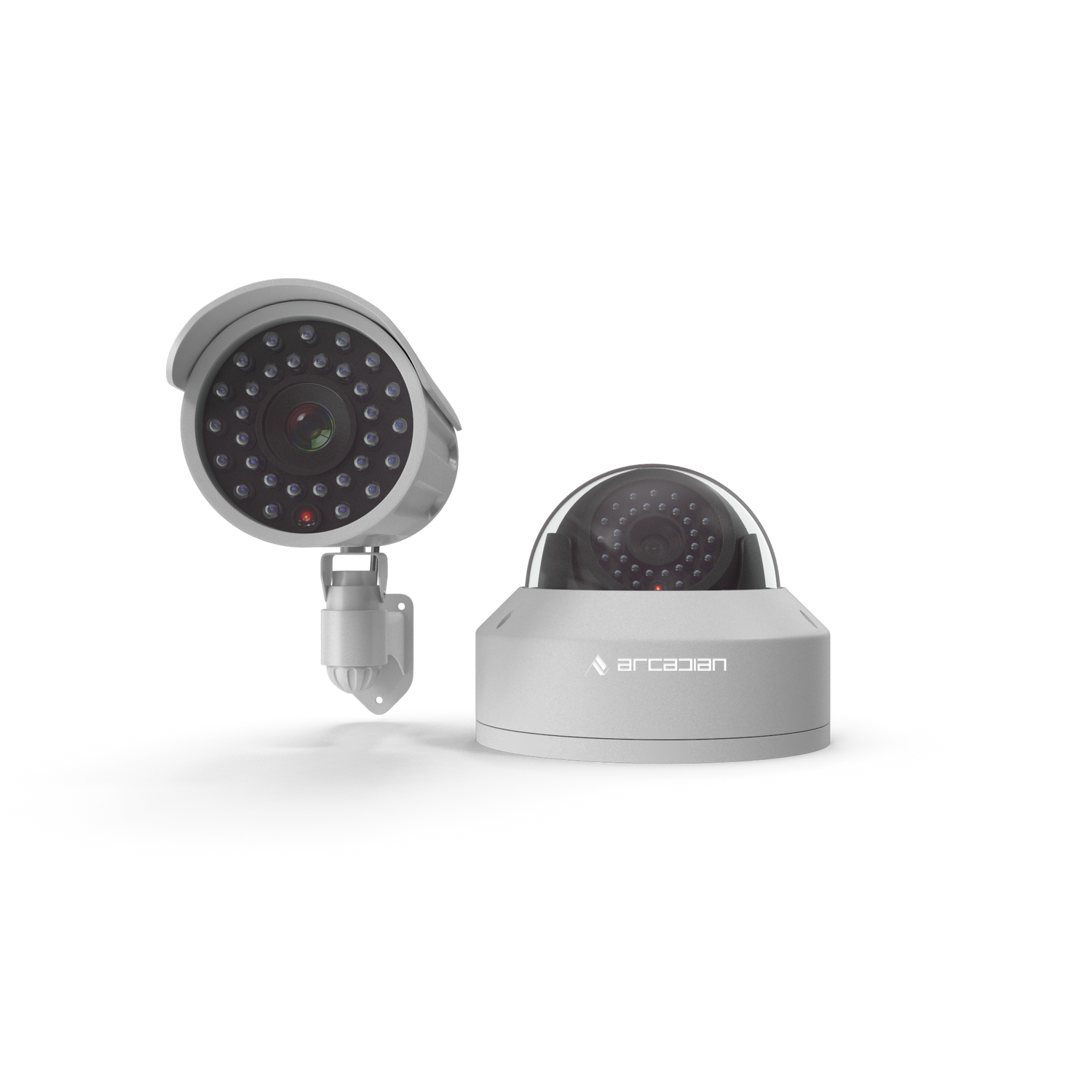Introduction: The Hidden Risks of NVR Systems
For decades, Network Video Recorder (NVR) systems have been the cornerstone of business security. While they’ve served their purpose, modern businesses—especially those with multiple locations or high-security demands—are finding that NVRs often fall short.
From hard drive failures to scalability issues, NVR systems can leave your business vulnerable at the worst possible moments. This blog examines why NVR systems may not be the best fit for your growing business and how cloud-based security solutions can address these challenges.
1. The Problem with Hard Drive Failures
How NVR Storage Works:
NVR systems store surveillance footage on local hard drives, which are limited in capacity and lifespan. These drives run continuously, making them prone to wear and tear.
The Risks of Hard Drive Failures:
-
Data Loss: A single hardware failure can erase weeks or months of critical footage, leaving businesses without evidence during incidents.
-
Costly Repairs: Replacing hard drives or recovering lost data can cost anywhere from $500 to $2,500 per incident.
-
Downtime: Failed drives often result in prolonged periods without video surveillance, exposing your business to greater risks.
Example:
A retail chain experienced $10,000 in theft losses because their NVR’s hard drive failed, and no backup footage was available to investigate the incident.
2. Scaling Issues: NVRs Aren’t Built for Growth
Why Scaling Is a Challenge with NVRs:
-
Limited Camera Capacity: Most NVRs support a fixed number of cameras, typically between 8 and 32. Expanding beyond this requires purchasing additional NVR units, which can be expensive and cumbersome.
-
Regional Fragmentation: For businesses with multiple locations, each site requires its own independent NVR, making centralized monitoring impossible.
-
Costly Upgrades: Adding cameras or storage often means overhauling the entire system, leading to high capital expenses.
Stat: Businesses expanding from 10 to 50 cameras can spend $20,000+ on NVR hardware upgrades alone (Source: Security Today).
3. Cybersecurity Vulnerabilities in NVR Systems
The Cyber Risks:
-
Unencrypted Footage: Many NVRs lack robust encryption, making them easy targets for hackers.
-
Limited Updates: Older NVR models may not receive regular firmware updates, leaving them vulnerable to new security threats.
-
Local Access Only: Without secure remote access, businesses rely on outdated VPNs, which are susceptible to breaches.
The Consequences of a Breach:
-
Data Theft: Unauthorized access to surveillance footage can expose sensitive business operations.
-
Compliance Issues: For industries like retail or healthcare, compromised footage can result in regulatory fines.
Example:
A healthcare facility faced $250,000 in fines after hackers accessed patient data through an unprotected NVR system.
4. The Advantages of Cloud-Based Security Systems
How Cloud Systems Solve Hard Drive Failures:
-
Redundant Storage: Footage is automatically backed up across multiple data centers, ensuring no single point of failure.
-
No Hardware to Maintain: Eliminate the need for local storage entirely, reducing maintenance costs and downtime.
-
Disaster Recovery: Even in the event of a natural disaster or theft, your footage remains secure and accessible.
How Cloud Systems Handle Scaling:
-
Unlimited Capacity: Add as many cameras as needed without the constraints of physical hardware.
-
Centralized Monitoring: Manage multiple locations from a single dashboard, accessible from any device.
-
Flexible Pricing: Pay only for the cameras and storage you use, making it easier to scale without breaking your budget.
Stat: Businesses using cloud-based systems save an average of 40% on security expansion costs compared to those using NVRs (Source: Deloitte).
5. Cost Comparison: NVR vs. Cloud Solutions
| Feature |
NVR Systems |
Cloud-Based Systems |
| Initial Costs |
$15,000+ per location |
$1,000 (setup fees only) |
| Maintenance |
$5,000+ annually |
Included in subscription fees |
| Storage Upgrades |
$3,000+ per hard drive |
Included, unlimited scalability |
| Scalability |
Costly and complex |
Effortless, pay-as-you-grow |
| Downtime Risk |
High (hard drive failures) |
Minimal (99.9% uptime) |
| Cybersecurity |
Limited protection |
Advanced encryption and updates |
Example:
A franchise with 10 locations saved $25,000 annually by switching from NVR systems to cloud-based security.
6. Real-Time Benefits of Cloud Cameras
Reliability and Access:
-
Real-Time Monitoring: Access live feeds and recorded footage from anywhere, on any device.
-
Instant Alerts: Receive notifications for suspicious activity, unauthorized access, or camera tampering.
-
Automatic Updates: Cloud systems receive continuous updates to stay ahead of emerging threats.
AI-Powered Analytics:
-
Behavior Recognition: Detect loitering, tailgating, or unusual movements automatically.
-
Customer Insights: Use foot traffic analytics to optimize operations in retail or hospitality environments.
-
Incident Alerts: Get real-time alerts for specific events, like after-hours movement or unauthorized access.
Stat: Businesses using AI-driven cloud cameras reduce theft by 30% and improve response times by 50% (Source: McKinsey).
7. Future-Proof Your Business with Cloud-Based Security
Why Businesses Are Switching to the Cloud:
-
Lower Long-Term Costs: Eliminate hardware maintenance and upgrade expenses.
-
Seamless Growth: Add cameras and locations without overhauling your system.
-
Enhanced Cybersecurity: Protect your data with end-to-end encryption and regular updates.
-
Always Accessible: Monitor your business anytime, anywhere, ensuring constant oversight.
Example:
A logistics company expanded from 10 to 50 cameras across multiple warehouses with zero hardware upgrades, saving $50,000 in upfront costs by choosing a cloud solution.
Conclusion: The Future Is in the Cloud
While NVR systems served businesses well in the past, their limitations in scalability, reliability, and cybersecurity make them less suited for modern needs. Cloud-based security systems offer a smarter, more cost-effective alternative that grows with your business and eliminates the risks of hard drive failures and downtime.
Is your business ready for the future of security?
👉 Contact Arcadian.ai today to explore how cloud solutions can protect your operations and drive growth.
Visit Us on Social Media
💼 LinkedIn
🌐 Facebook
📸 Instagram
🎥 YouTube
🎬 TikTok
🐦 X









